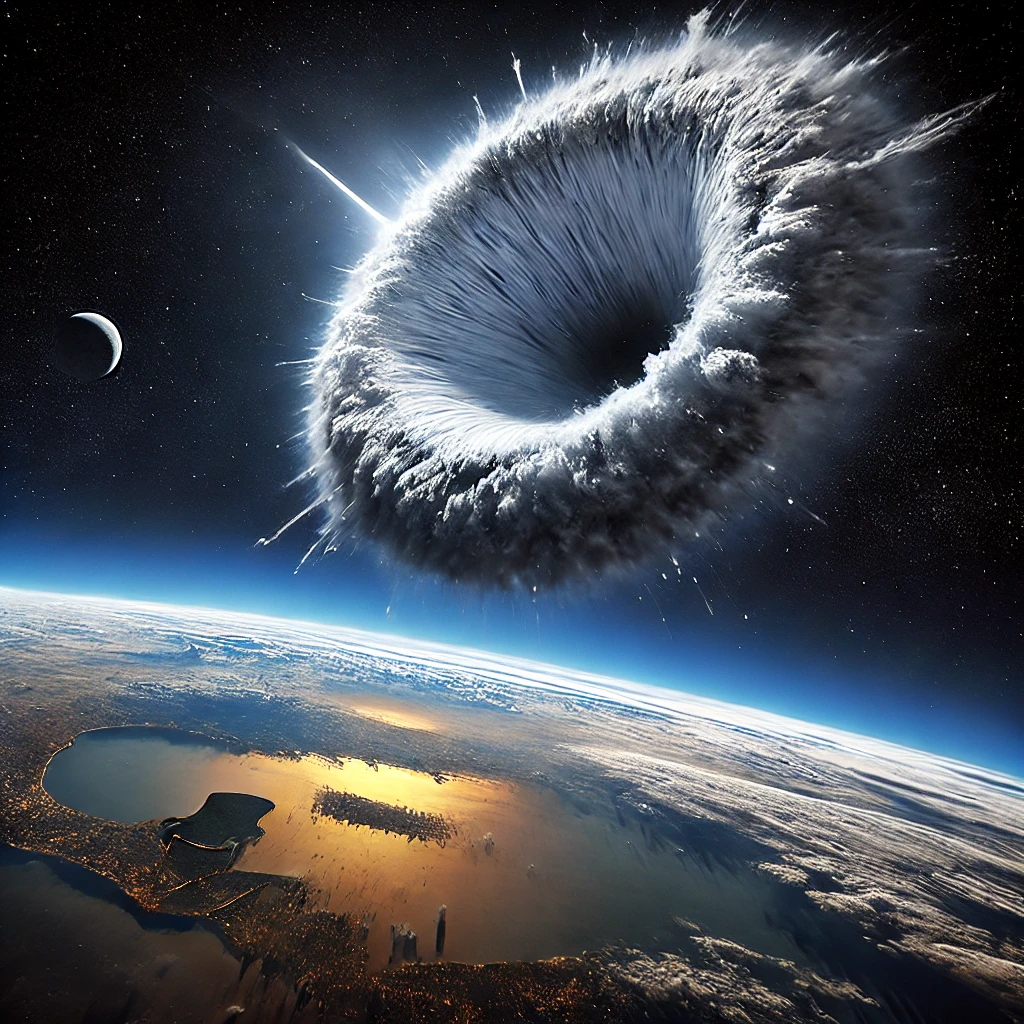Imagine that the atmosphere around Earth is like a giant, invisible blanket that keeps our planet warm and protects us from harmful rays from the sun. This blanket is made up of different layers, including one called the ionosphere, which is very high up—almost at the edge of space. Normally, this layer is calm, but sometimes, human actions can disturb it in surprising ways.
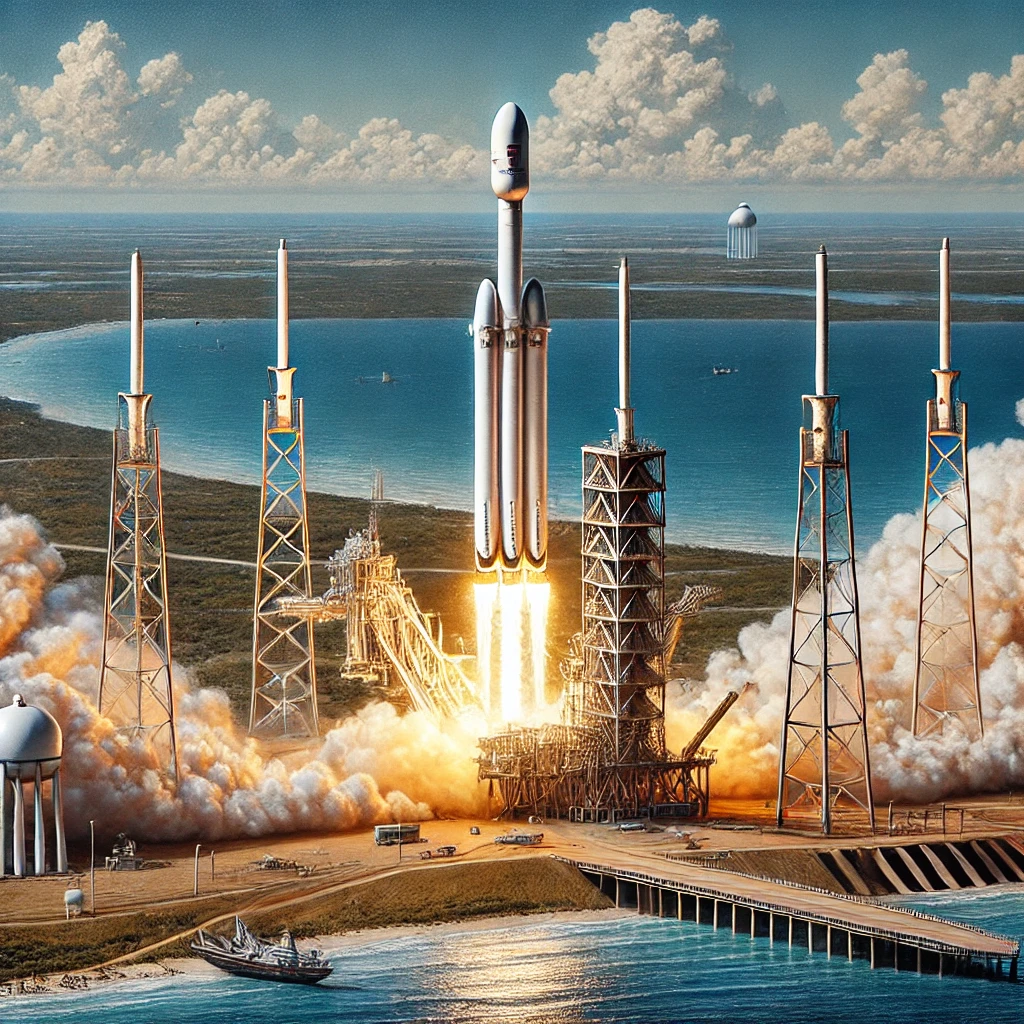
What Happened with SpaceX’s Starship Rocket?
Last year, SpaceX, a company that builds rockets, launched its biggest and most powerful rocket ever, called the Starship. The rocket took off from Texas and climbed higher and higher into the sky. But things didn’t go as planned. About 90 kilometers above the ground, the rocket’s first part exploded, and a few minutes later, another explosion happened 150 kilometers up. These explosions weren’t just big—they were so powerful that they created one of the largest “holes” ever seen in the ionosphere.
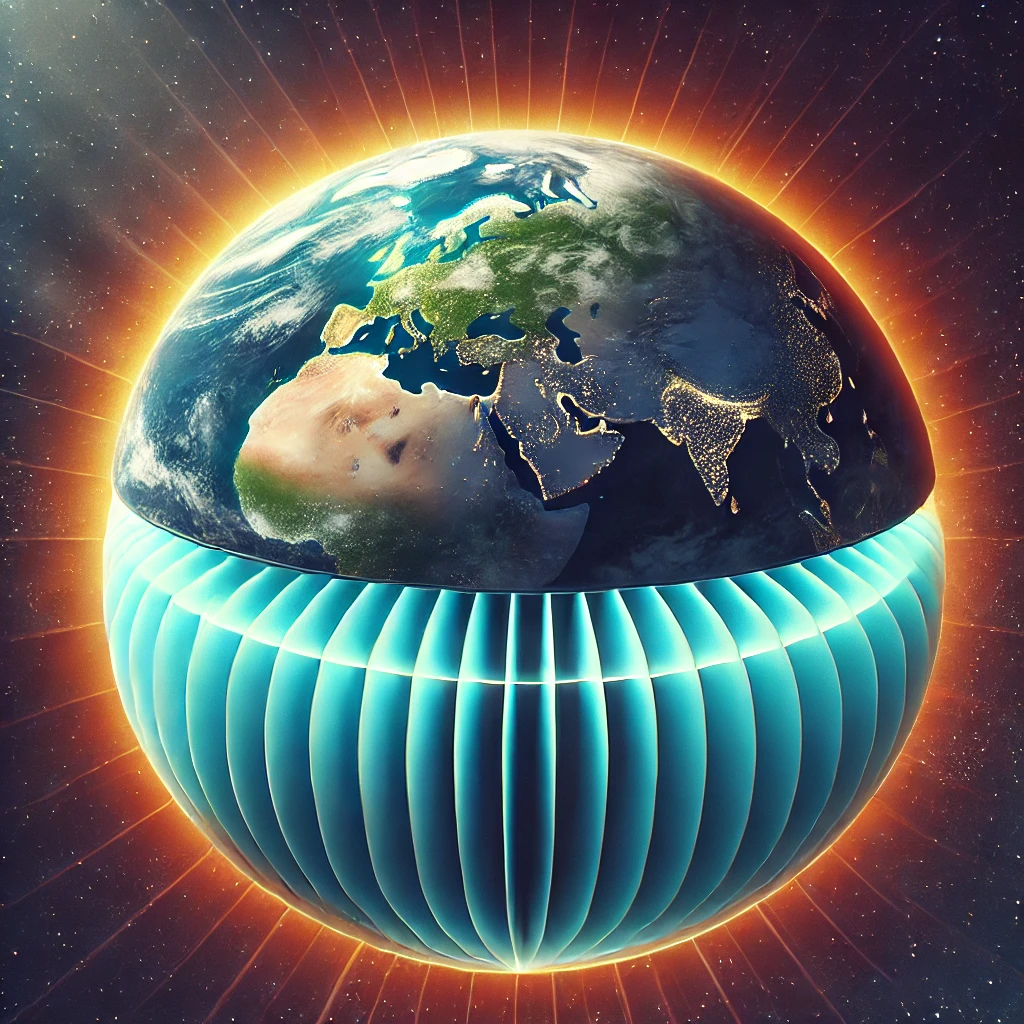
What Is the Ionosphere and Why Does It Matter?
The ionosphere is a layer of thin air way up in the atmosphere. It’s special because it has a mix of regular air molecules and charged particles, which are atoms that have gained or lost electrons. These charged particles are really important because they help radio waves travel long distances, allowing us to use GPS, communicate with satellites, and even study space.
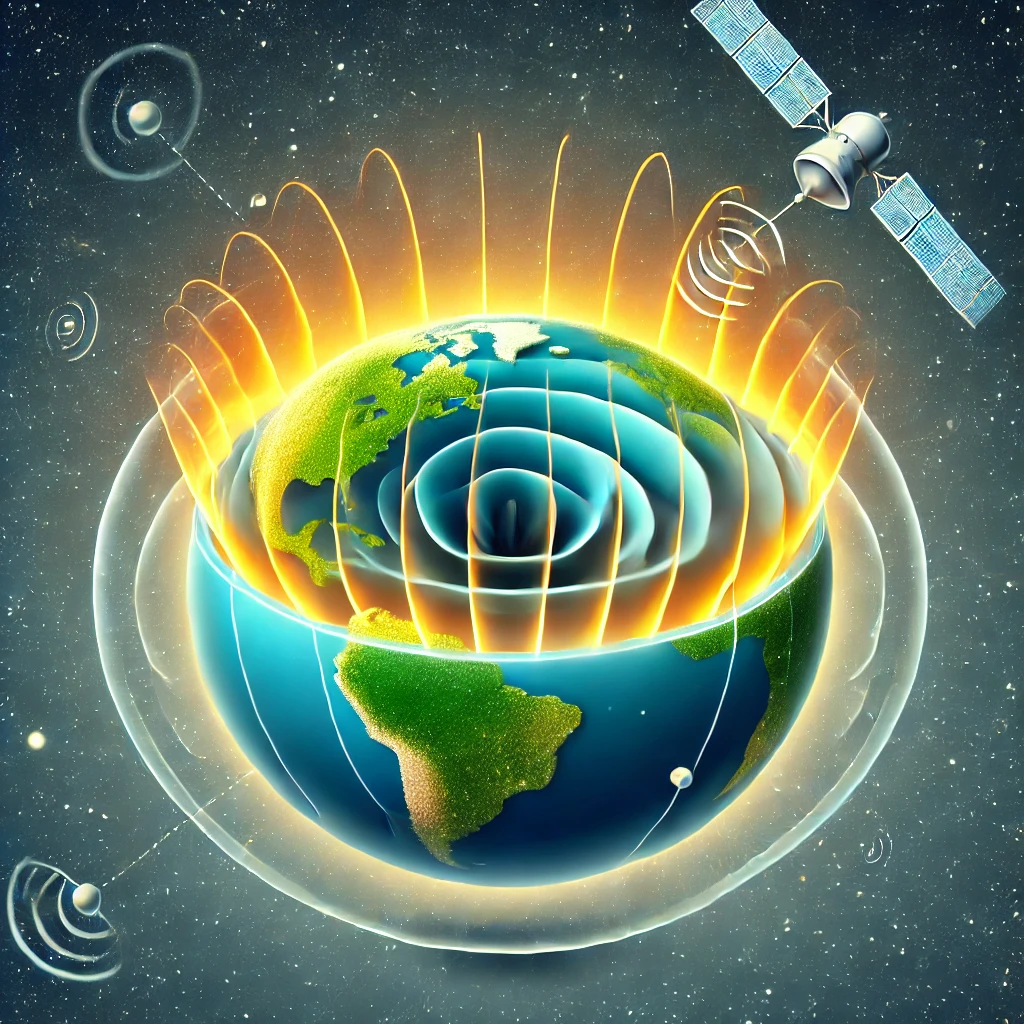
When something like a big rocket explodes, it can create shockwaves—like giant ripples in a pond—that travel through the ionosphere. These shockwaves can knock the charged particles out of balance, creating a temporary hole or “neutral zone” where there aren’t as many charged particles. This can mess with things like GPS signals and other communications that rely on the ionosphere.
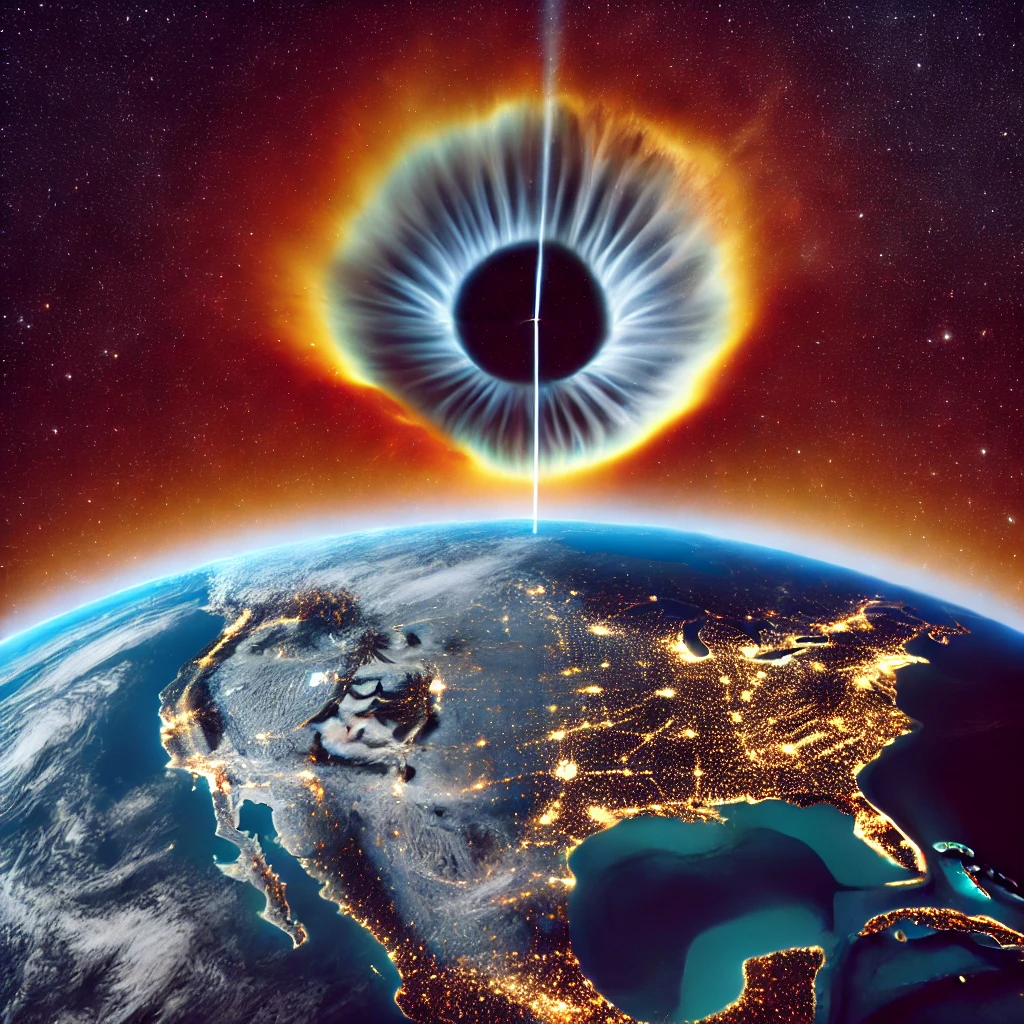
How Big Was the Hole?
The hole created by the Starship explosion was massive, stretching for thousands of kilometers—about the distance from Mexico to the southeastern United States. It didn’t last long, though. After about an hour, the ionosphere returned to normal. But the fact that it happened at all surprised scientists.

Why Did This Happen?
Scientists found that the explosions from the rocket created shockwaves that traveled faster than the speed of sound. These shockwaves were strong enough to push the charged particles in the ionosphere back together into regular air molecules, creating a hole. What’s even more interesting is that this hole wasn’t caused by chemicals or rocket fuel—it was purely from the force of the explosions.
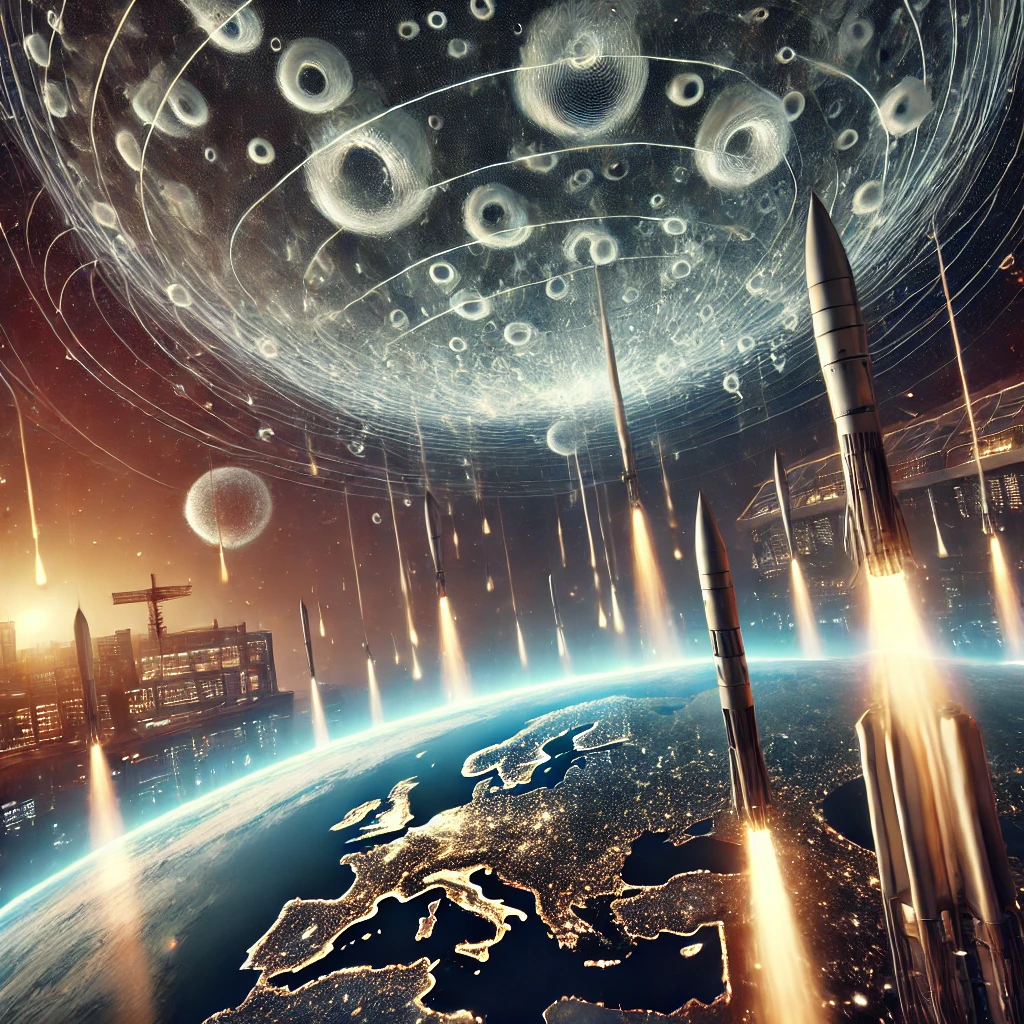
Why Should We Care?
This event is important because it shows that human activities, like launching rockets, can have a big impact on the atmosphere—even in ways we don’t fully understand yet. If we’re not careful, these kinds of disturbances could become more common as we launch more rockets and use more technology that relies on the ionosphere, like self-driving cars or new types of satellites.

The Bigger Picture
This isn’t the first time something like this has happened. Natural events, like volcanic eruptions or even meteors crashing to Earth, can also create holes in the ionosphere. But the fact that humans can cause such changes shows that we have a powerful effect on our planet, not just through pollution or climate change, but also through single events like rocket launches.
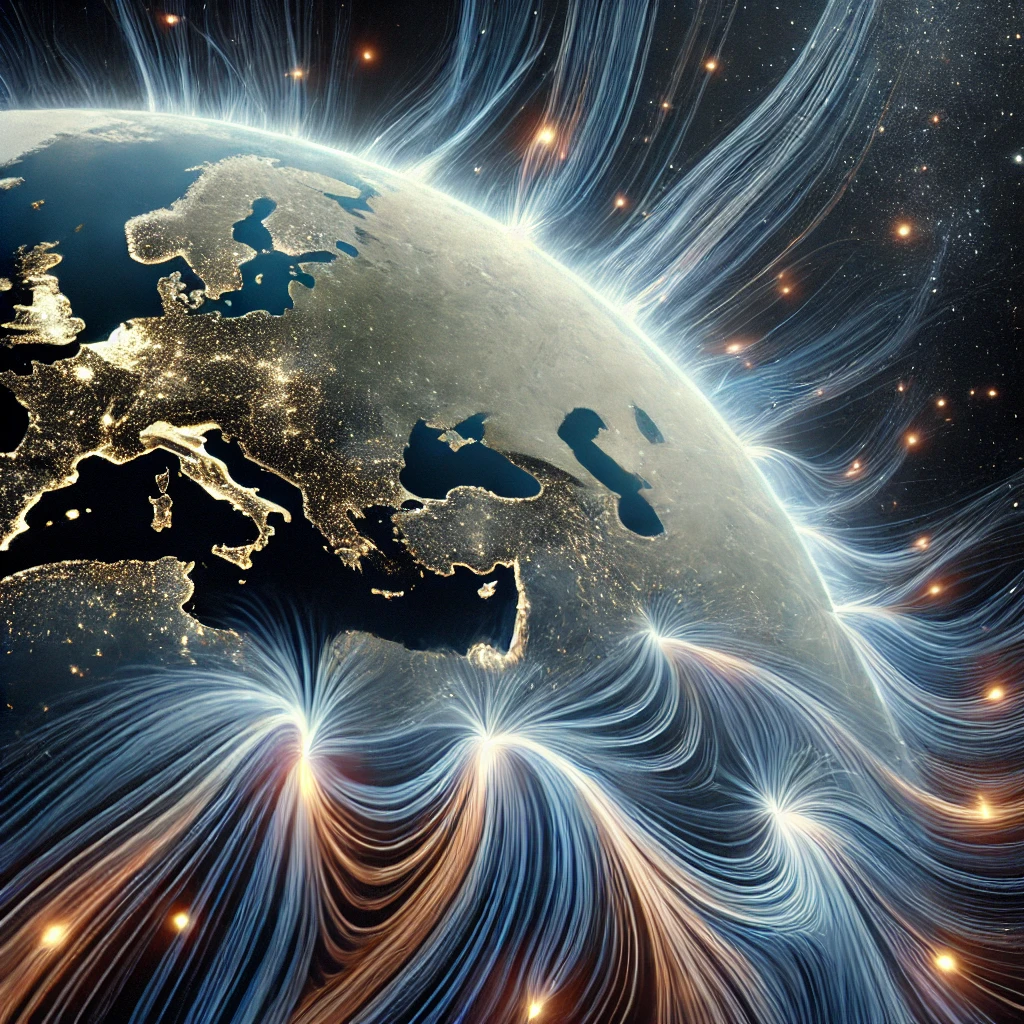
Scientists are still studying these effects to understand them better. But one thing is clear: our actions can reach far beyond what we can see, all the way to the very edge of space. So, as we continue to explore and use new technologies, it’s important to remember that with great power comes great responsibility. We need to be careful about how we interact with our planet, because even one big event can have ripple effects that reach far and wide.


